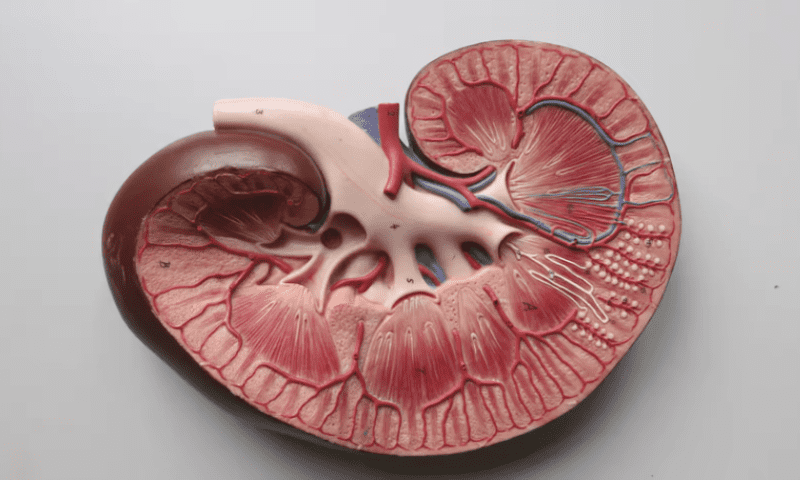A common approach for the removal of large kidney stones has doctors insert a laser-tipped catheter into the organ to break up the stones into smaller pieces that are either plucked out one at a time with a basket or left to pass naturally through the urinary system. But that passage doesn’t always go according to plan, and fragments that don’t leave the kidney of their own accord can ultimately lead to pain, infection and further hospital procedures to remove them.
Hoping to avoid all of that is Calyxo, a San Francisco-area startup that has developed a device for the sole purpose of removing residual kidney stone fragments immediately after laser lithotripsy procedures to break up the stones.
In support of those efforts, Calyxo has rounded up a series C financing round that clocks in at $32.7 million, the company announced (PDF) Wednesday. Questa Capital and CRG led the VC round, which brought Calyxo’s lifetime fundraising tally to nearly $50 million.
“Kidney stone disease is a painful problem for patients, and it consumes vast amounts of healthcare resources each year. We believe our solutions will better meet the needs of kidney stone patients and transform the care of this condition. We look forward to applying this latest financing round toward further product development and the expansion of our team,” said CEO Joe Catanese.
The CVAC Aspiration System comprises a flexible catheter that can be steered into each renal calyx; the company’s namesake structures are cup-shaped tubes in the kidney through which urine passes. The calyces can become blocked as kidney stones form and grow there.
After a laser lithotripsy is complete, the CVAC device is sent into each calyx, one by one, to irrigate the region and suction out any remaining fragments of the destroyed stones, while physicians track the movements of the device throughout the kidney in real time using standard imaging technology.
The vacuum aspiration catheter has been cleared (PDF) by the FDA since May 2020, when Calyxo was still known as Kalera Medical.
In addition to growing its workforce and expanding the availability of the CVAC system, Calyxo is also planning to develop other new technologies to help treat kidney stone disease, according to Luke Düster, chief investment officer of Calyxo backer CRG.
The company’s leadership team boasts a solid background in developing and commercializing devices targeting urinary system health: Many of its members, including Catanese, previously worked together as founders and executives of NeoTract. That company launched the FDA-cleared UroLift system to treat lower urinary tract symptoms caused by benign prostatic hyperplasia before being acquired by Teleflex for more than $1 billion in 2017.

